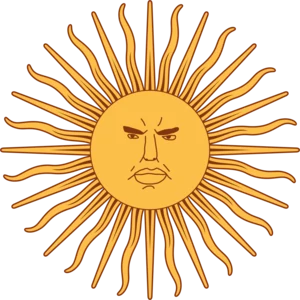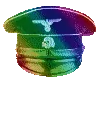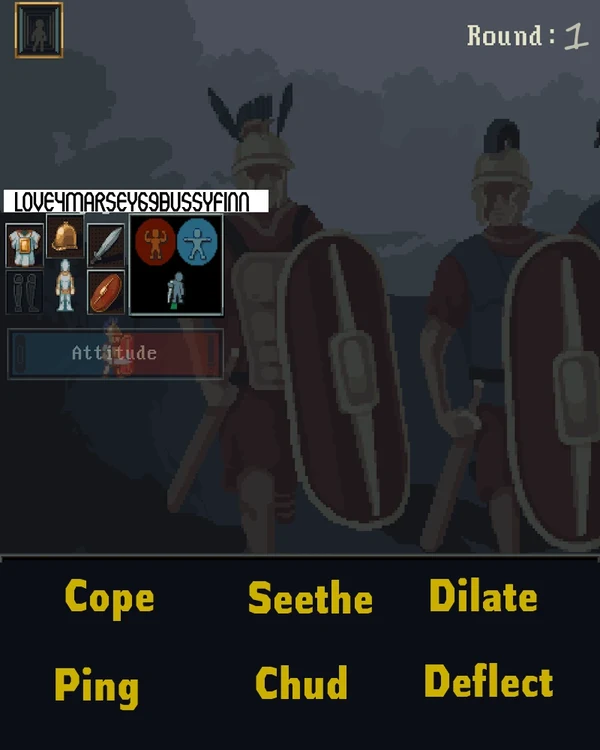Peronist masses, including many young people, had gathered there to acclaim Juan Perón's definitive return from an 18-year exile in Spain. The police estimated three and a half million people had gathered at the airport. In his plane, Perón was accompanied by president Héctor Cámpora, a representative of Peronism's left wing, who had come to power on May 25, 1973, amid popular euphoria and a period of political turmoil. Cámpora was opposed to the Peronist right wing, declaring during his first speech that "the spilled blood will not be negotiated".[2]
From Perón's platform, camouflaged snipers from the right-wing of Peronism opened fire on the crowd. The left-wing Peronist Youth and the Montoneros were targeted and trapped. At least 13 bodies were subsequently identified, and 365 were injured during the massacre.[3]
Lmao 
The Ezeiza massacre marked the end of the alliance of left and right-wing Peronists which Perón had managed to form. Héctor Cámpora represented the main figure of the left-wing and José López Rega, a former federal police officer and Perón's personal secretary who had accompanied Perón during his exile in Francoist Spain, was the right-wing's representative. López Rega would also be the founder of the Alianza Anticomunista Argentina right-wing death squad.
A populist and a nationalist, Perón was popular from the far-left to the far-right, but this conjunction of forces ended that day. During his exile, Perón himself had supported both young left-wing Peronists, whose icons included Che Guevara, the Montoneros, Fuerzas Armadas Revolucionarias (FAR), Fuerzas Armadas Peronistas (FAP), the Peronist Youth (JP) and right-wing Peronists composed "Special Formations", gathering radicals such as the Iron Guard (GH) or the Movimiento Nacionalista Tacuara.
!neolibs !anticommunists behold the schizophrenic nature of Peronismo
On his wife's presidency
Another source of contention between her and the voters was the increasing impression that José López Rega, the Minister of Social Welfare, set the agenda for a broad swath of Perón's policies, vetting nearly all domestic and foreign policy. His public behaviour – which included bizarre actions such as silently mouthing her words as she spoke – began to cost the president much-needed support among the Argentine public.[21] Known to have fascist sympathies, López Rega was also notably corrupt and used his position to secure business partnerships with (ODESSA network principal) Otto Skorzeny, (Libyan leader) Muammar Gaddafi, and (the Italian Fascist) Licio Gelli (to whose P-2 lodge López Rega belonged).
Over 700 people died from political violence during Mrs. Perón's first 15 months in office, of which more than half were subversives and most of the remainder were security forces; by March 1976, civilians comprised fully half of the 1,358 deaths attributable to this conflict
Dude, foids lmao






.webp?h=8)





Jump in the discussion.
No email address required.
I have written my work, not as an essay which is to win the applause of the moment, but as a possession for all time.
-- Thucydides
Snapshots:
https://en.wikipedia.org/wiki/Ezeiza_massacre:
ghostarchive.org
archive.org
archive.ph (click to archive)
Jump in the discussion.
No email address required.
More options
Context